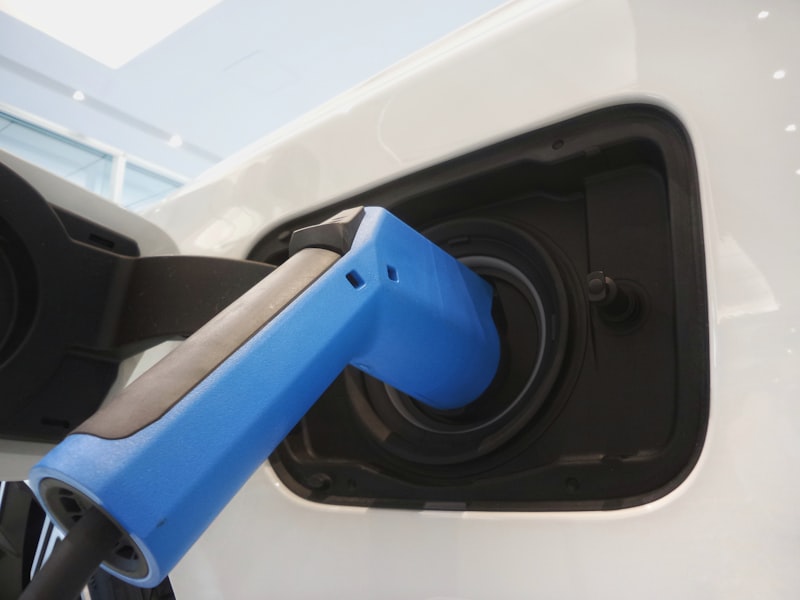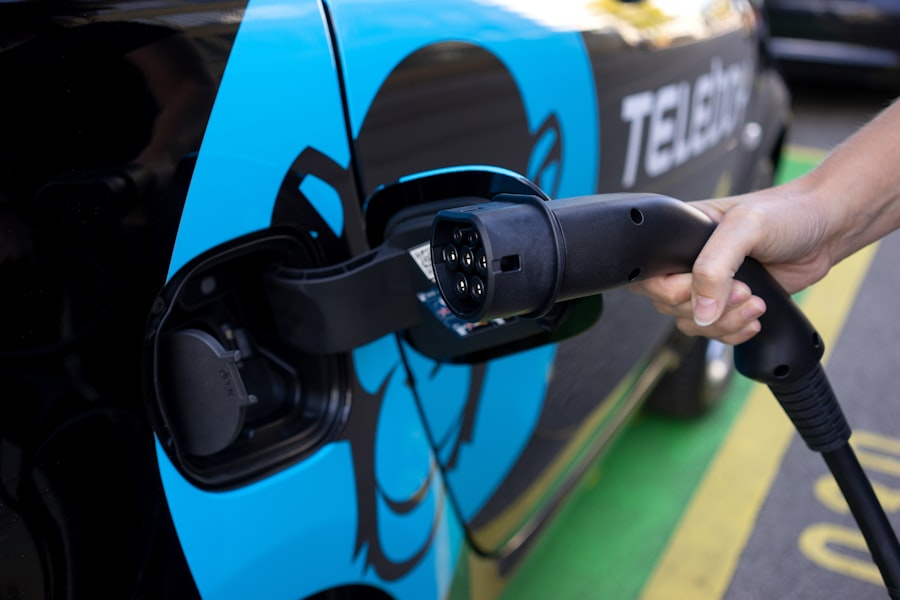
European Commission Proposes Ban on Diesel Trucks and Buses by 2040
The European Commission is planning to propose a law that would ban the sale of new diesel-powered trucks and buses in Europe by 2040. To achieve this, they plan to focus almost exclusively on electric motors powered by batteries or fuel cells, rather than E-Fuels which could theoretically be used to power traditional combustion engines in a climate-neutral way. This proposal will be presented in mid-February and must pass through the European Parliament and Council of the EU Member States before becoming law. If accepted, manufacturers would need to meet certain emissions standards compared to 2019 by 2040. The German FDP has urged the Commission to consider using E-Fuels for cars as well.
In summary, the European Commission is proposing a law that, if passed, would ban all new diesel trucks and buses from being sold in Europe after 2040. The focus would be on electric motors powered by batteries or fuel cells instead of E-Fuels, although these could still be used to power existing vehicles. The proposal will need approval from the European Parliament and Council of EU Member States before it can become law.
Electric Motors in the 21st Century
Electric motors are essential components of many everyday items, from electric cars and household appliances to industrial machinery. Since the invention of the electric motor in 1821, they have come a long way, with advances in technology allowing for more efficient and powerful motors. Today’s electric motors are designed to be more energy-efficient than ever before, helping reduce greenhouse gas emissions and improve sustainability. They also come in a variety of sizes, shapes, and power ratings to suit different applications. Electric motors are an integral part of modern life, and their importance is only increasing as we move further into the 21st century.You might also like this article: Overview of the most important AgTech investors in the world. Picture source: Richard Horvath







